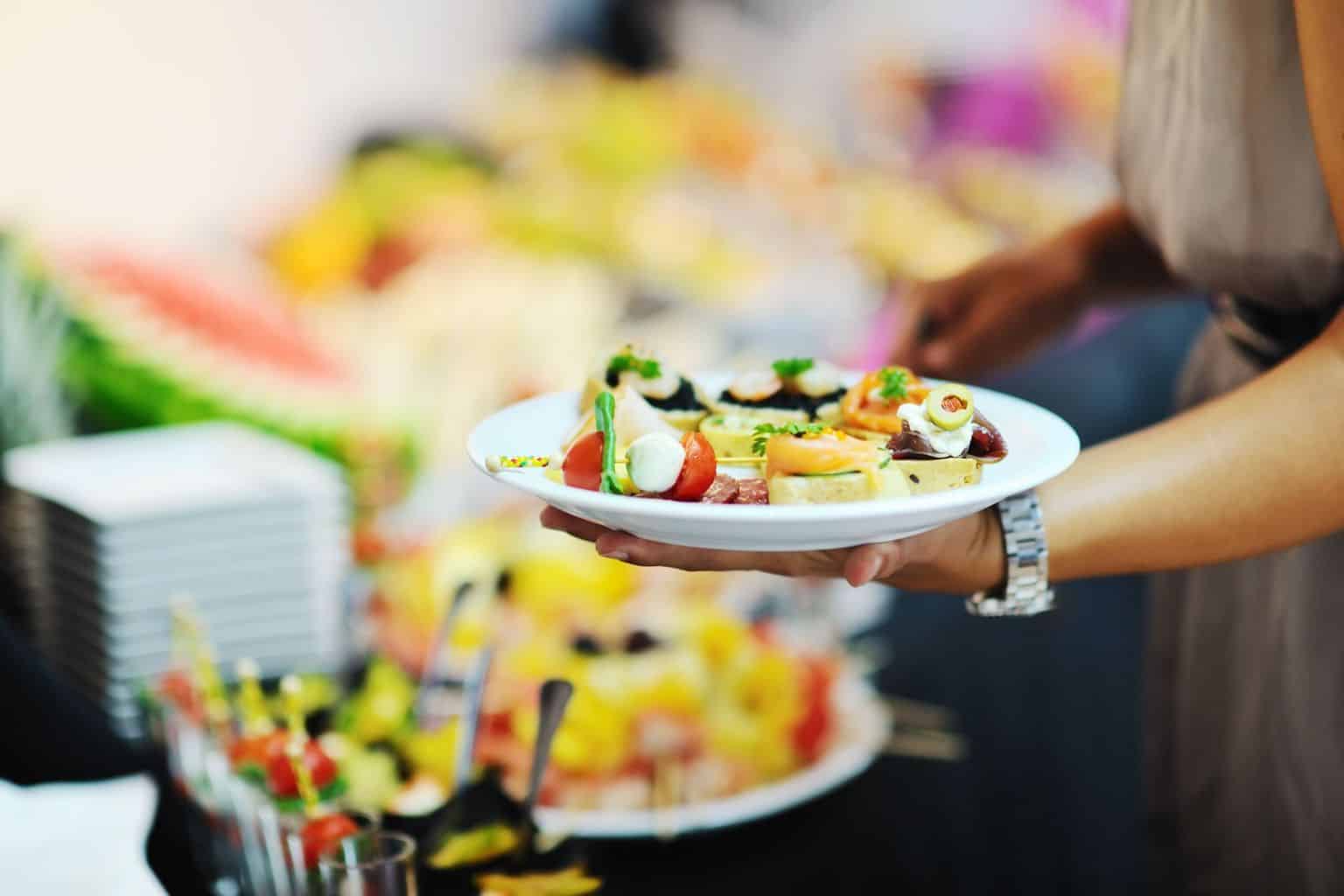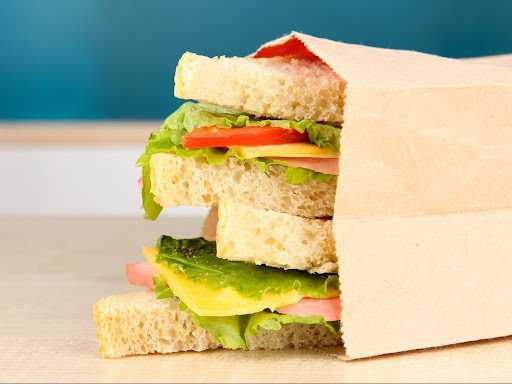In a world where many restaurants supersize their portions to sell larger quantities of food, it can be hard to have a reasonable internal feel for how much you should eat at a meal. If you’re trying to lose weight, paying attention to portion control can be a great step to take. Here are tips to help you know that you’ve had enough.
1. Rethink what a plate is
The size of the standard dinner plate has grown 30% over the past 50 years. Some experts believe that the creep in size is part of an effort by restaurants to sell more food: the bigger the plate, the more food it holds, and the more the restaurants are able to sell. It can be an excellent start to your attempts at portion control to reverse plate size-creep. Eating off smaller sized plates can quickly get you to re-learn when to be satisfied with a meal.
2. Adjust the order in which you eat what’s on your plate
If you’re interested in cutting down on the most fattening foods you eat, it’s an excellent idea to start every meal with a salad or fruits. With the edge off your appetite, you’ll be happier with smaller portions of the entrée.
3. Don’t drink your calories
Psychologically, people find it harder to feel sated when they get their calories in the form of a liquid food. While eating an orange can be easily filling, drinking the juice of 5 oranges isn’t likely to fill. Favoring solid foods and resolving to cut back on calorie-rich drinks, then, can help you control your calorie intake.
4. Don’t buy snacks in large packages
In general, it’s a good idea to buy your snacks in single-serve packages. While larger packages tend to turn out cheaper, you’ll have a harder time controlling yourself. When you only have single-serve packages, on the other hand, you will know exactly when you’ve had your share. As long as you don’t continue to open multiple single-serve packages, you will always have a better time with portion control.
5. Don’t let your mind fool you into eating more
Looking out for foods that come with genuine organic, non-GMO and low-fat labels can certainly help you eat healthy. But the problem is that these health claims tend to make people less guilty about snacking. They feel good about their snacks, and end up eating more than they usually do.
Read also – 10 Weight-Loss Snacks for the Perfect Body
6. Never go near an eat-all-you-can deal
If you do feel like going to an eat-all-you-can restaurant, you should make sure you do not take advantage of the situation. In general, it’s safest to not go to restaurant where it’s easy to go overboard. Make your own snacks or eat at home, instead. Or, always go to a restaurant with someone you can share your food with.
7. Share your food with your friend
Restaurants tend to serve their food in huge portions. If you need to eat out and still exercise portion control, you will end up wasting a large part of the food on your plate. Since it can be difficult to waste food that you are paying for, you might be tempted into eating everything before you. It can be a much better idea to make a point to take someone along each time you eat out. Then, you can share what you get.
8. Slow down
Even after you’ve had enough, it can take the brain several minutes to catch on. When you eat very quickly, you can end up eating a lot even after you are filled. Slowing down can be a great way to give your brain a chance to show you that you’ve had enough. Eating mindfully is not as hard as you think, however, it won’t happen overnight. Consider setting a timer or alarm to slow down your eating speed.
9. Limit the variety you have
Appetites can be elastic in the presence of choice, making portion control very difficult. The greater the choice you have at a meal, the more you will be willing to try out. Limiting choice at the dinner table can make self-control much easier.
10. Pay attention to your plate
It’s easier to feel sated when you know what you’re eating. If you love to read while you eat, or are usually absorbed in a good TV show or a conversation when eating, your mind can find it hard to understand how much you’ve had. Paying attention to your food, then, is an effective way to control your portions.
Read also – 10 Sneaky Tricks to Eat Less
Understanding the principles of portion control can take time and practice. With these tips, you will be off to a great start. But don’t expect fast results. Developing a habit of eating slowly and controlling your portions can take some effort and time.











